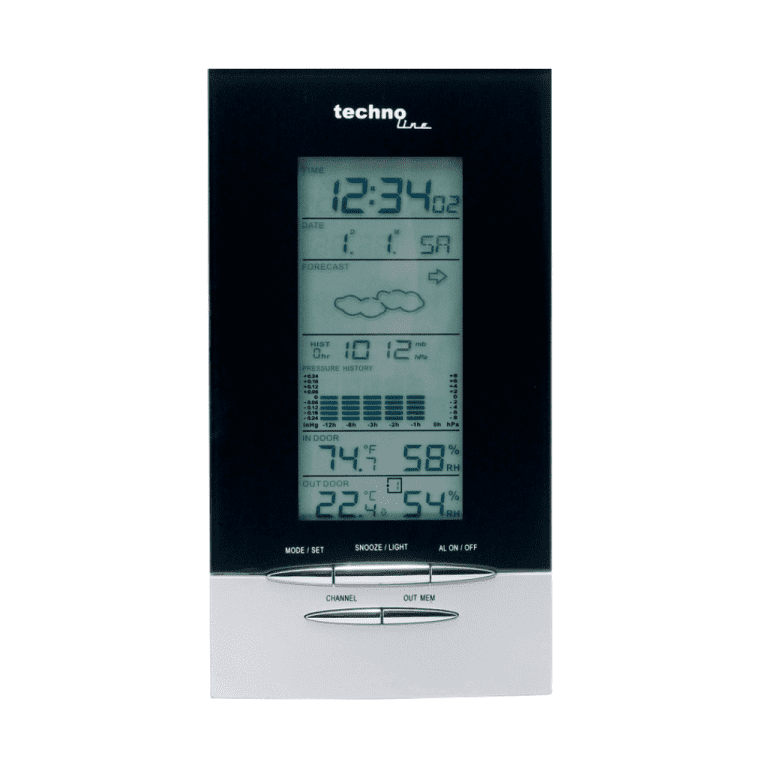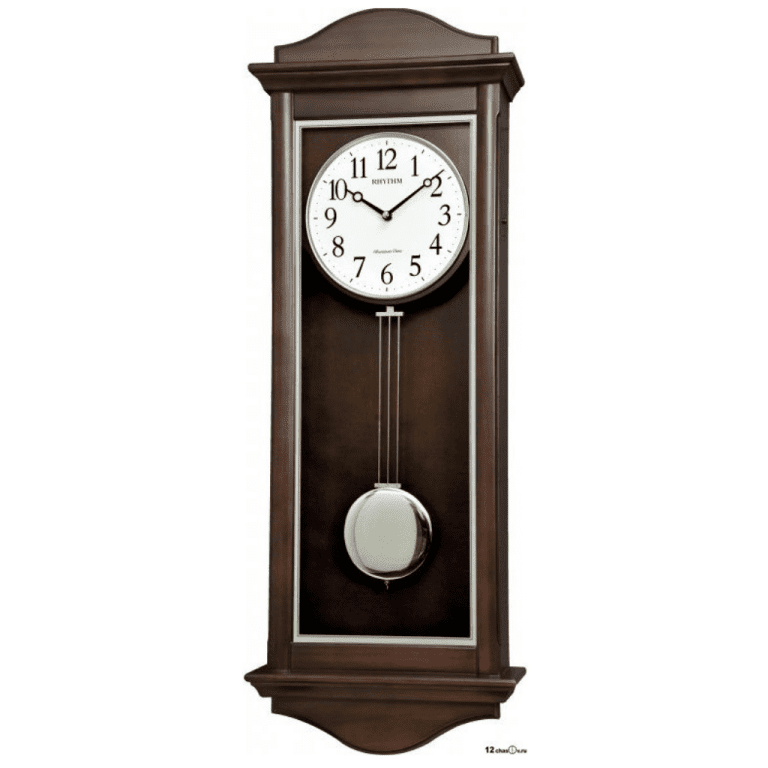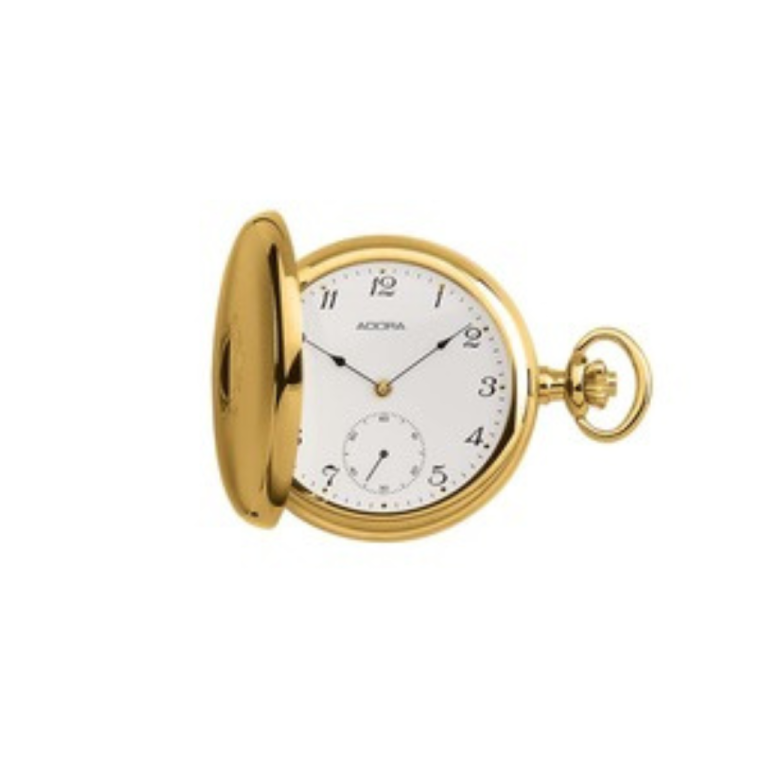A cuckoo clock marks the hours of the day with the cuckoo bird’s call. These clocks were first invented in the Black Forest region of Germany in the 18th century. Ever since these timepieces have been a popular choice for households around the world. Let’s learn more about the history of the cuckoo clock.
A cuckoo clock marks the day’s hours with the cuckoo bird’s call. The movement of a cuckoo clock is powered by weights suspended from a chain. The chains wrap around a chain gear, which drives the clock’s internal gears.
These rural clockmakers would stock up on supplies for the winter months, load them onto a cart, and have “clock carriers” take them to local markets in Germany, France, Italy, and other nearby countries. Since then, these watches have been a top pick for many people’s homes worldwide.
How Does a Cuckoo Clock work?
The mechanical cuckoo bird makes its way out of a small opening to mark each hour on a wooden gears and weights system. When the hands of the clock strike the hours, it makes a sound similar to a cuckoo bird.
The great majority of cuckoo clocks feature pine cones that are placed on the bottom of the clocks. The pine cone was drawn up to the top of the clock when the chain was pulled.
The weight of the pine cone made its way down to the floor, which allowed the clock to run each segment. In addition, each pine cone’s weight determines how the cuckoo clock functions, such as the music and turntable.
Cuckoo Clock Identification
Every clock has a unique code that identifies all the components that make it up. The letters Q, M, and T are the ones that appear on our cuckoo clocks the most frequently.
The letter “Q” represents quartz, the letter “M” means that the cuckoo clock is musical, and the letter “T” represents a turntable; these are the components that spin.
A wide variety of art styles, dimensions, and hues are available for a cuckoo clock. Most of the time, the height is measured from top to bottom, excluding the pine cones.
The carvings and parts of more oversized clocks are typically more sophisticated and elaborately designed than those of more miniature clocks due to the size of the larger clocks. On the other hand, a smaller cuckoo clock has more intricate carvings.
A Cuckoo clock has different types, which include:
- Traditional carved cuckoo clock
- chalet-style cuckoo clock
- shield clock
- mechanical cuckoo clocks
- musical cuckoo clocks
- quartz cuckoo clocks
- railroad station clocks
- modern cuckoo clocks
How did the Cuckoo Clock come about?
Before 1630, the standard method for measuring time was to utilize a sundial with an hourglass. These methods are thought to be the earliest ways that time was tracked.
People began to improvise and create different versions of the original cuckoo clock when a glass peddler from Czechoslovakia brought it with him, along with a crude clock known as the wood-beam clock.
17th Century
Around the middle of the 17th century, people in this area started making primitive clocks that looked like those from Bohemia, now the Czech Republic.
The early clocks were made with crude components such as wooden wheels and stone weights; however, as time passed, manufacturing techniques advanced, resulting in more accurate and ornate watches.
Friedrich Dilger
Friedrich Dilger, born in a small village in Germany, moved to France to further his education in watchmaking and various tools. He returned with the new technology used to produce the items we now call a “cuckoo clock.”
18th Century
The sound of a cuckoo is used in particular clocks to indicate the various hours of the day. During the 18th century, the Black Forest was the birthplace of the first version of these clocks.
Since then, these clocks have been a top pick for many people’s homes worldwide. The Black Forest clock was still not a cuckoo clock; instead, it was referred to as an artist clock.
Credited : https://viatravelers.com/














